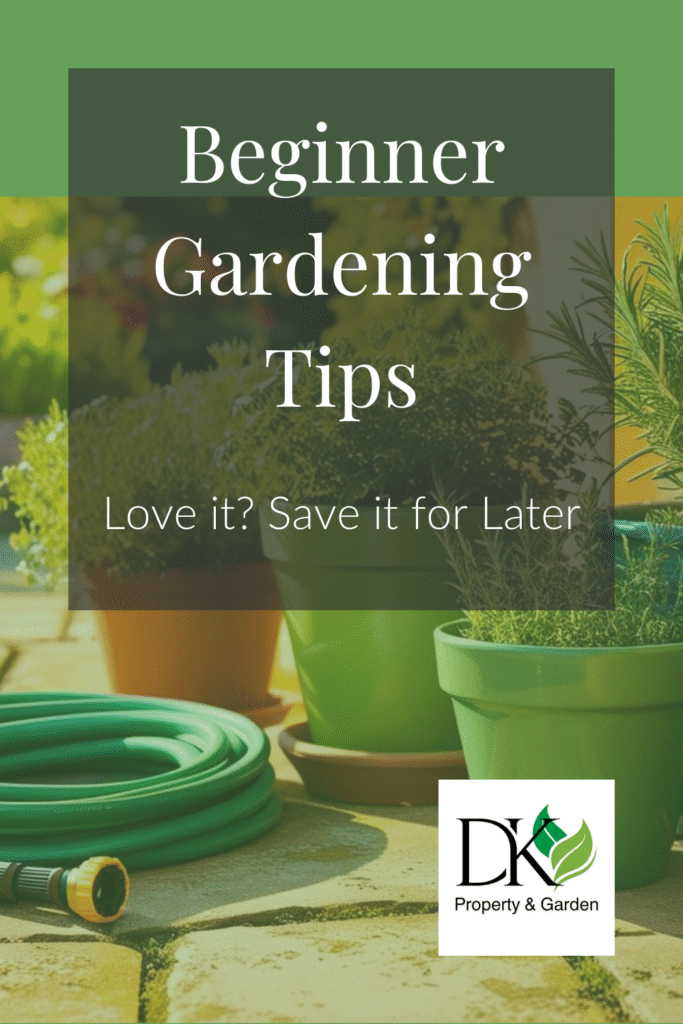No Drama, Just a Garden That Works
A veggie garden doesn’t have to be expensive, complicated, or perfect. If you’re just starting out — and want something low effort that still delivers — this guide will help you set up a no-fuss patch suited to Aussie conditions.
You don’t need raised beds, fancy apps, or daily maintenance. Just a few solid decisions now and a good routine.
Use the printable below to track what you plant, when you plant it, and how to get the most out of your time and space.
1. Choosing the Right Spot (And Why It Matters)
- What your veggies actually need:
- Sunlight (6–8 hours)
- Drainage
- Shelter from harsh winds
- Close to water access
- North-facing = ideal
- Test with: “Would I want to sit here for a few hours on a spring afternoon?”
🪴 Bonus Tip: Raised beds aren’t essential — but if you’ve got tough clay or poor drainage, a simple mound or repurposed frame can help.
🌱 2. What to Grow First (Start Small, But Smart)
- Top 5 beginner-friendly veggies:
- Lettuce – fast-growing, keeps you motivated
- Cherry tomatoes – prolific and hardy
- Silverbeet – tough as nails
- Zucchini – one plant = massive reward
- Bush beans – easy, space-saving
- Avoid (at first):
Broccoli (takes ages), capsicum (heat-dependent), carrots (finicky soil)
🎯 Local knowledge tip: Choose varieties with “early” or “compact” in the name — more forgiving in small or suburban spaces.
🪨 3. Get Your Soil Sorted Without Spending a Fortune
- Don’t overthink it — but don’t ignore it either.
- Test drainage: dig a hole, fill it, see if it drains in 1–2 hours.
- Improve with:
- Homemade compost
- Cheap composted cow manure
- A layer of sugar cane mulch
🧪 Soil health rule: Feed the soil first — then the plants. Skip the liquid fertiliser until things are established.
💧 4. Watering the Right Way (Not Every Day)
- Deep, infrequent watering encourages strong roots
- Morning is best (less fungal risk)
- Mulch saves time + water
- Skip the “daily sprinkle” — it stresses plants and wastes water
🪣 Set-and-forget trick: Repurpose a 2L juice bottle as a slow dripper — poke holes, bury next to the plant.
📅 5. Seasonal Timing (And Why So Many Give Up Too Soon)
- Spring and autumn are your sweet spots
- Summer heat is brutal — plant early or late
- Winter works for:
- Garlic
- Spinach
- Peas
- Broad beans
🧠 Know your frost dates: SA + VIC = risk in early spring
QLD/NT = too hot = different approach
📋 6. Get Organised: Use the Free Garden Planner (Printable)
Don’t try to remember it all — use our Vegetable Garden Planner to:
- Track plantings
- Set watering reminders
- Note pests/disease
- Mark what worked (and what didn’t)
7. Common Mistakes That Wreck a First Garden
| Mistake | What to Do Instead |
|---|---|
| Too much, too fast | Start with 3–5 plants max |
| Wrong plants for season | Check your local planting guide |
| Overwatering | Stick to 2–3 deep waterings/week |
| Neglecting soil | A $5 bag of compost = game changer |
| Ignoring pests | Use shadecloth or netting if needed |
8. What to Expect in Your First 30 Days
| Week | What’s Happening |
|---|---|
| Week 1 | Plants settle in, roots establish |
| Week 2 | First growth signs – leaves, new shoots |
| Week 3 | Mulch + slow watering pays off |
| Week 4 | You’ll start seeing progress or problems — adjust accordingly |
🎯 Tip: If something’s not working, don’t scrap the whole thing. Swap it out. Every garden teaches you something.
Conclusion: Keep It Simple, Keep It Going
Starting a veggie garden doesn’t need to be all or nothing. You don’t need the perfect soil, raised beds, or a full backyard renovation — just a small plan, the right plants, and a bit of follow-through.
The first few weeks are about learning what works in your space, with your time. If something doesn’t grow, that’s fine. Pull it out, try again.
Use a free printable planner to track what you’re doing, what’s working, and what to tweak next time.
Small effort now = less stress later.

